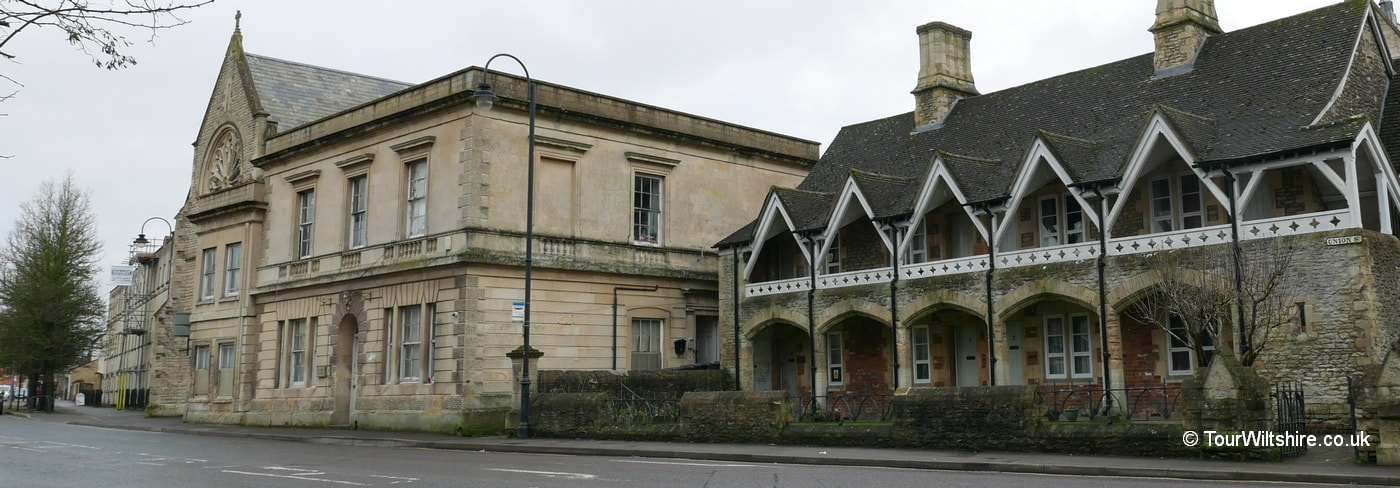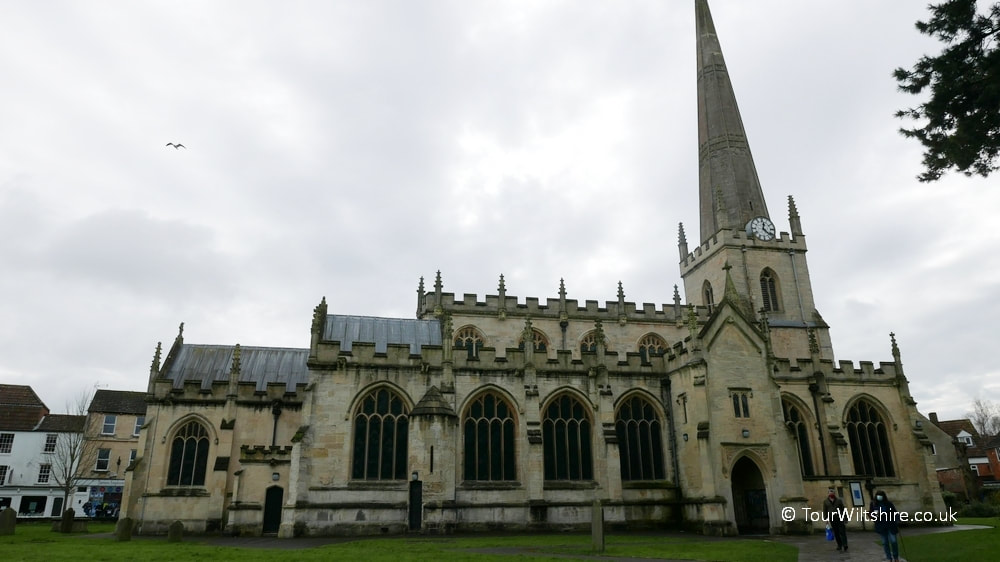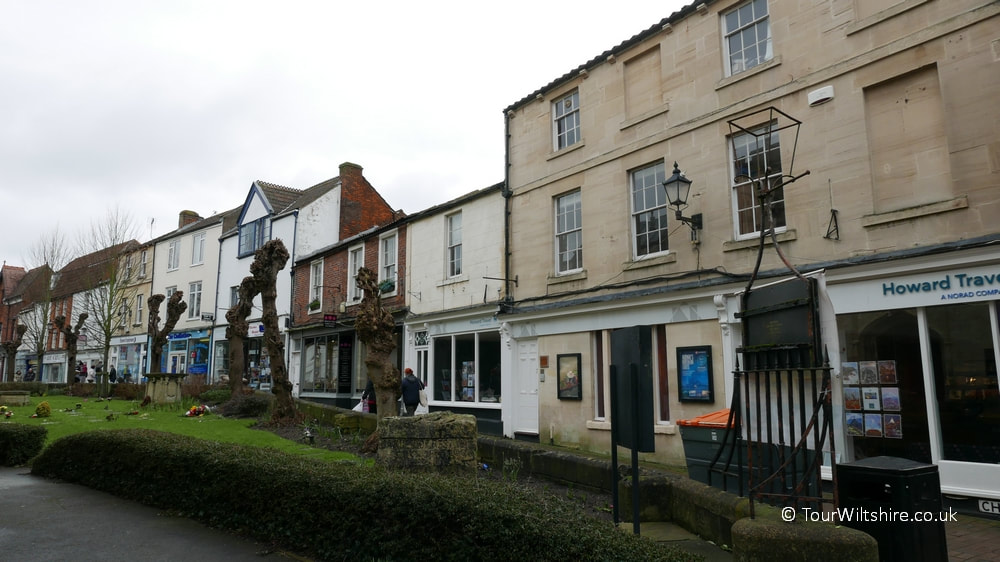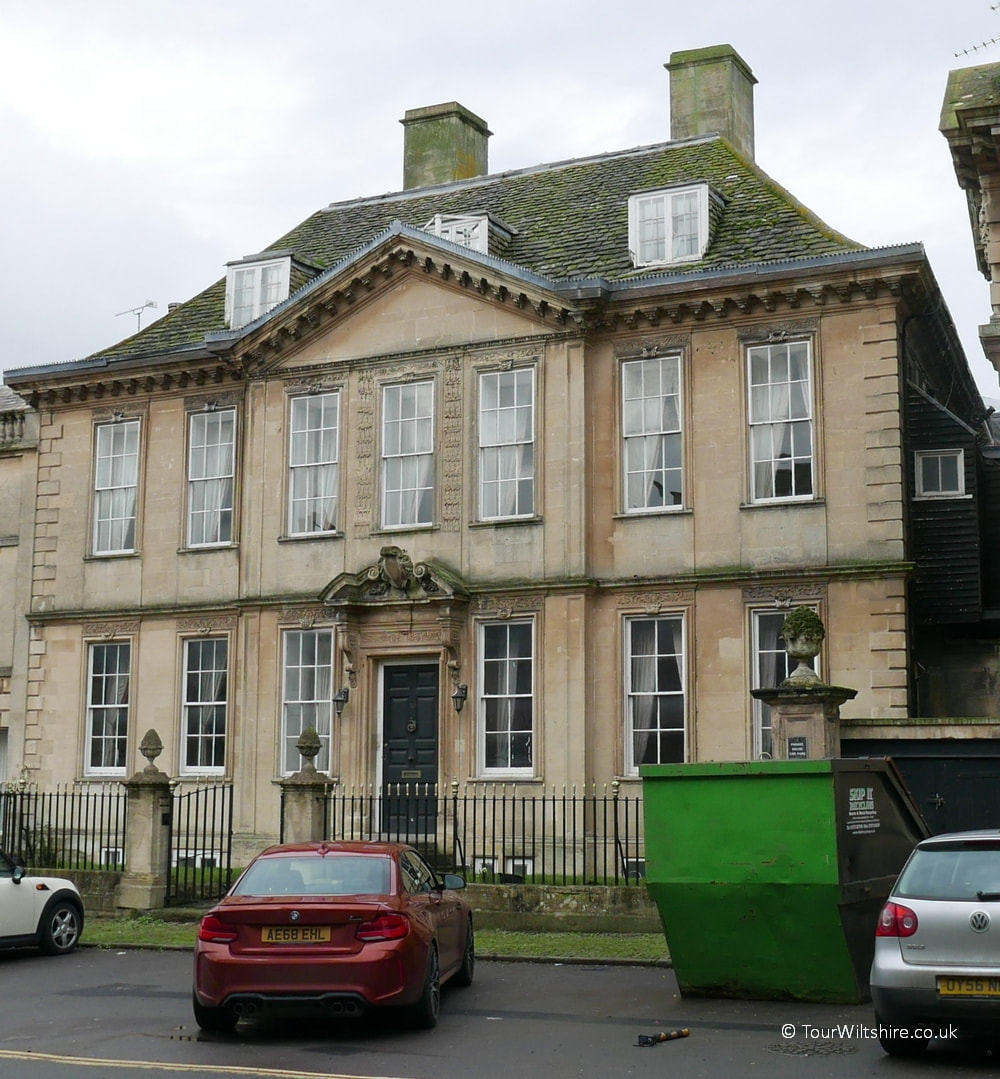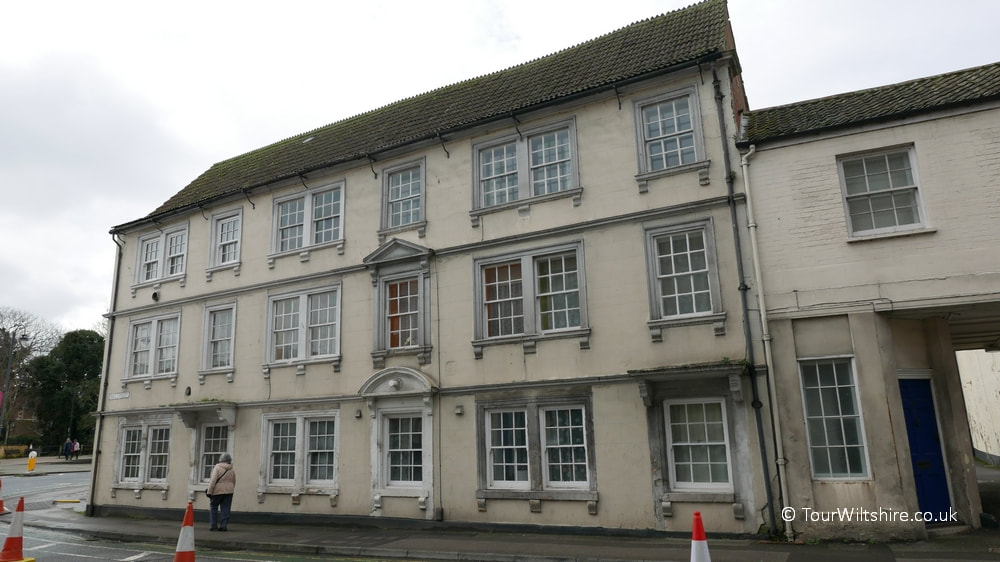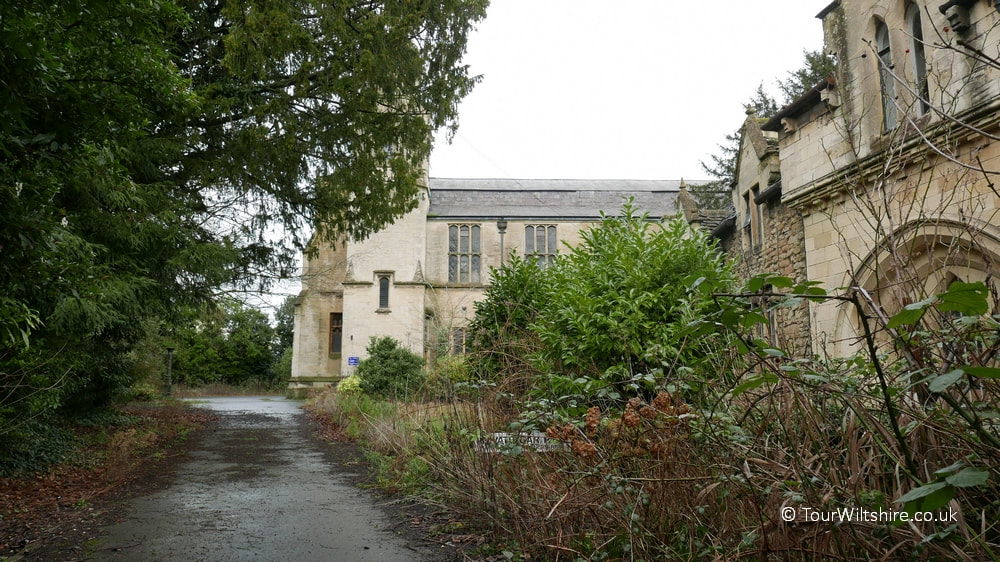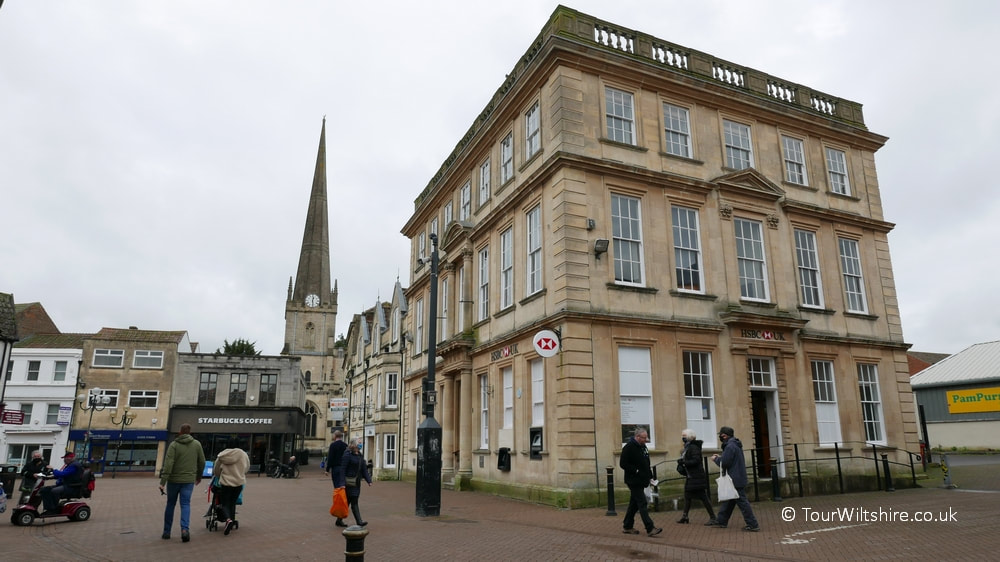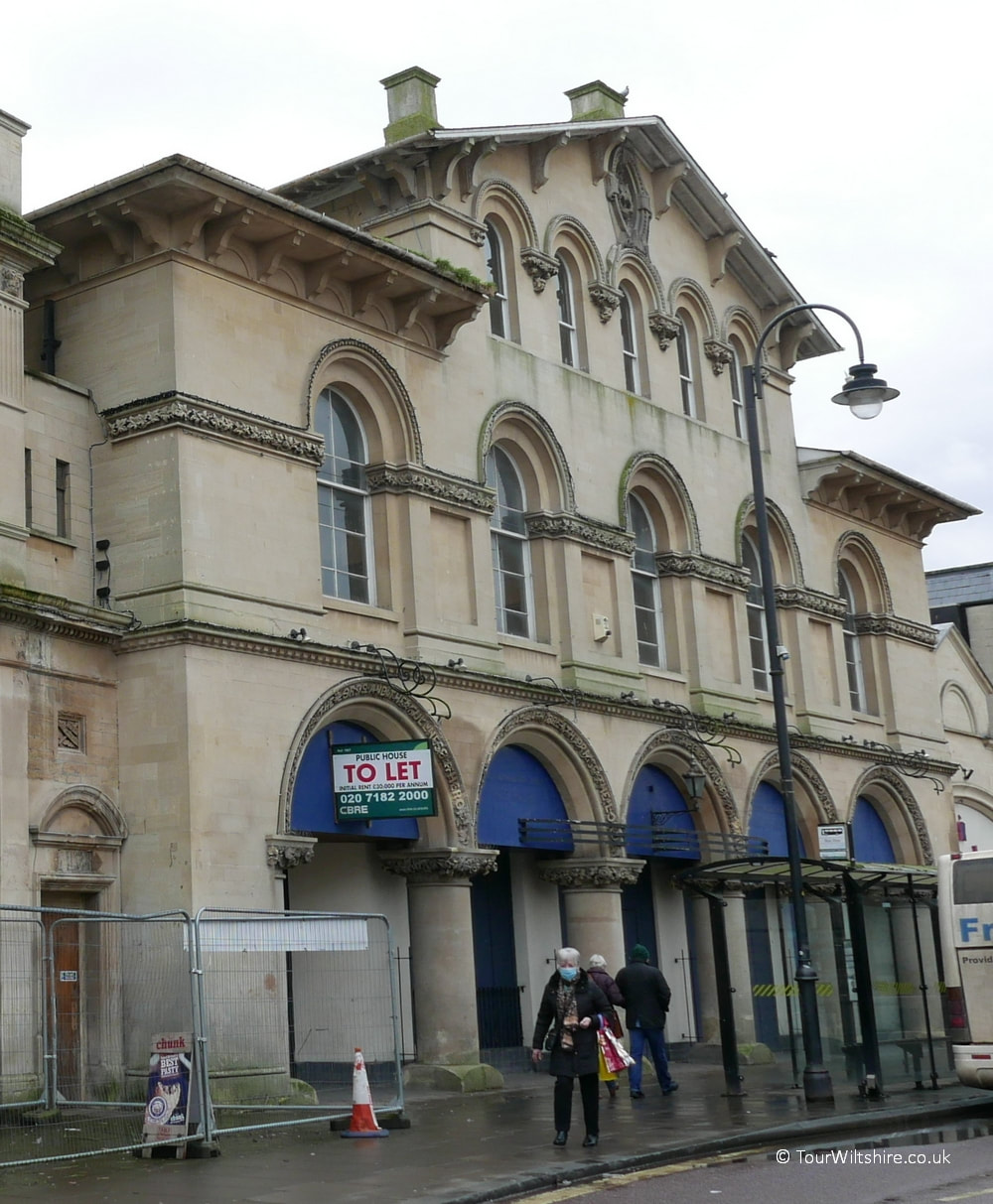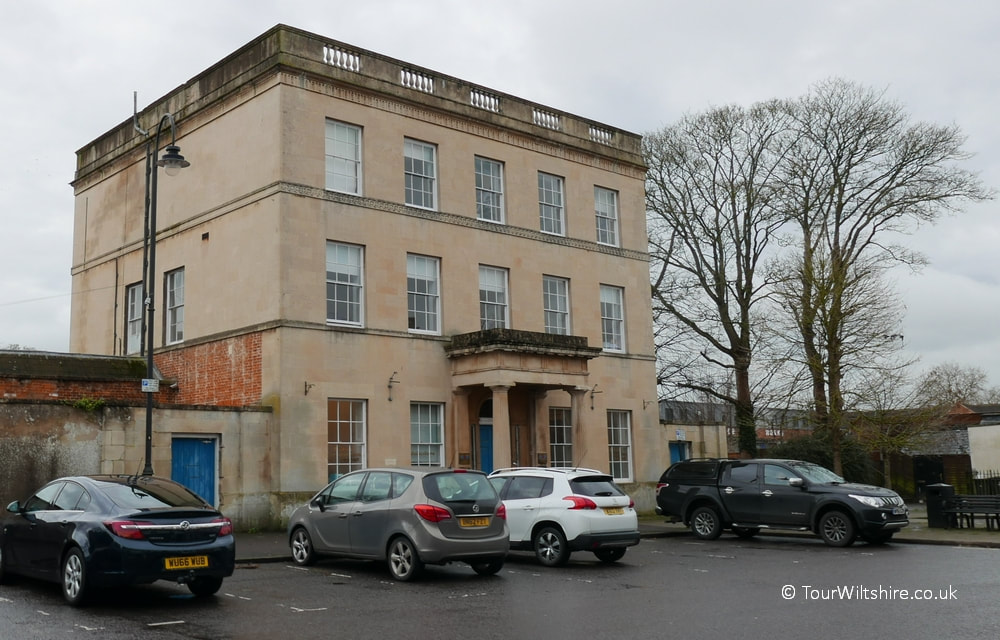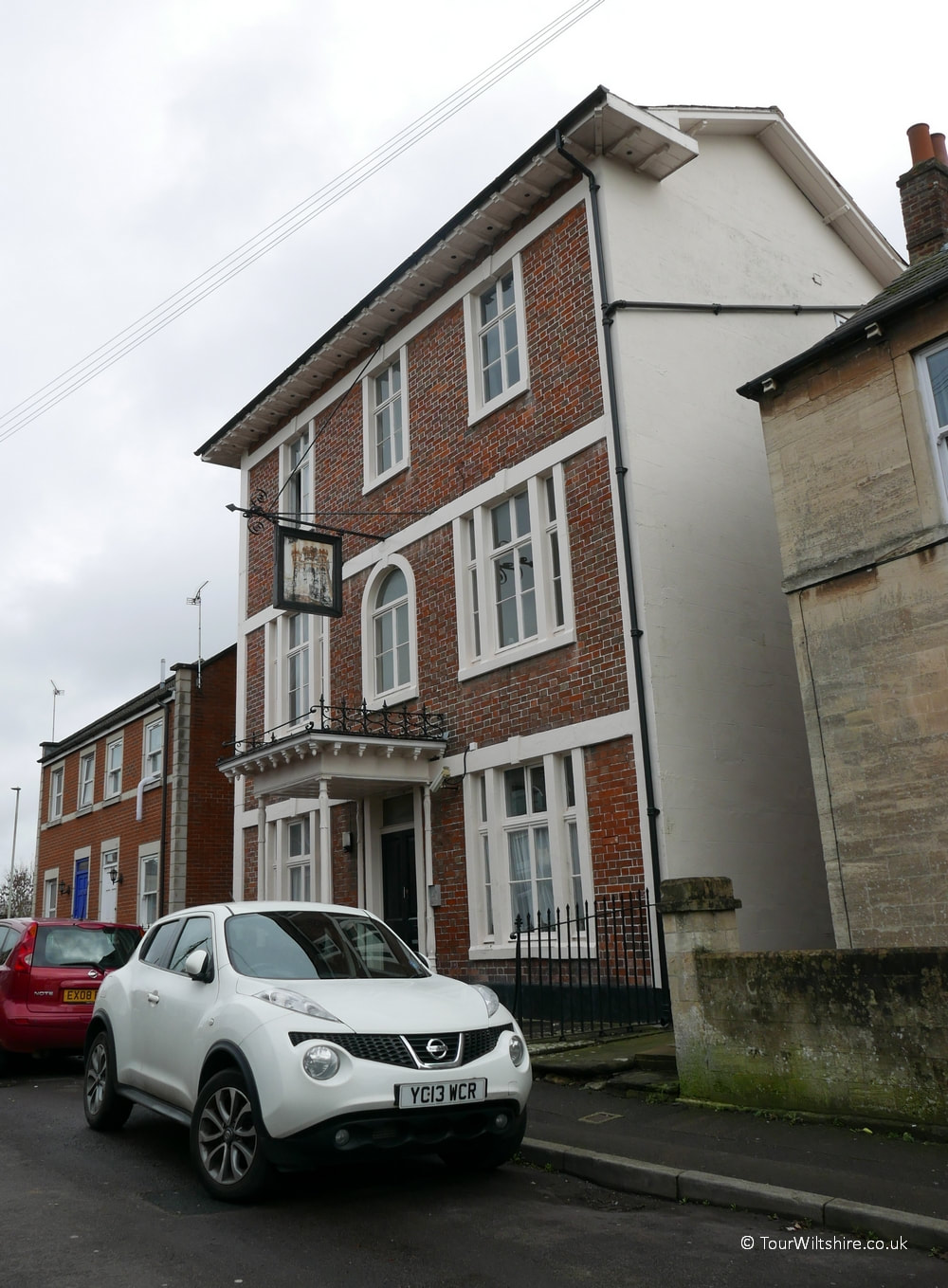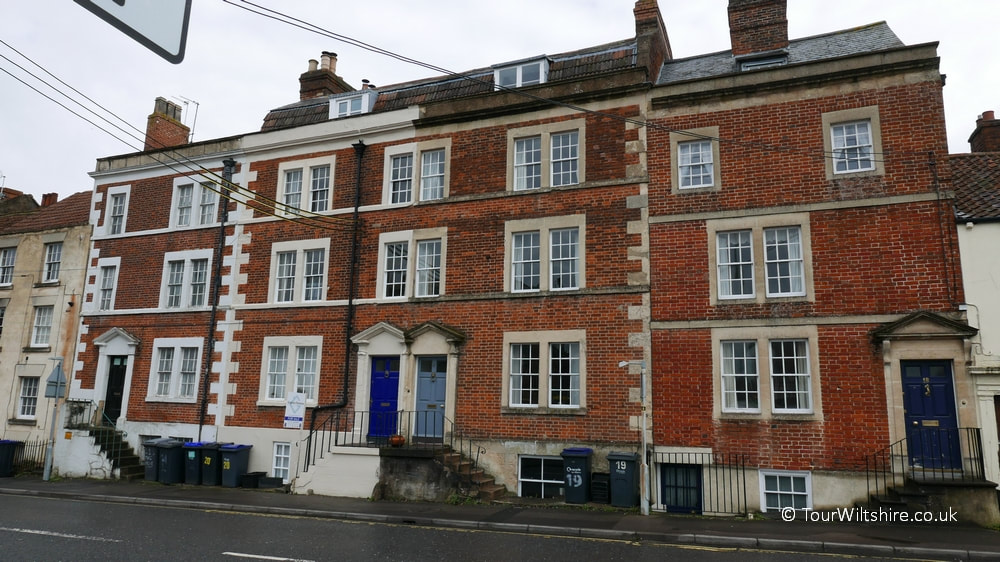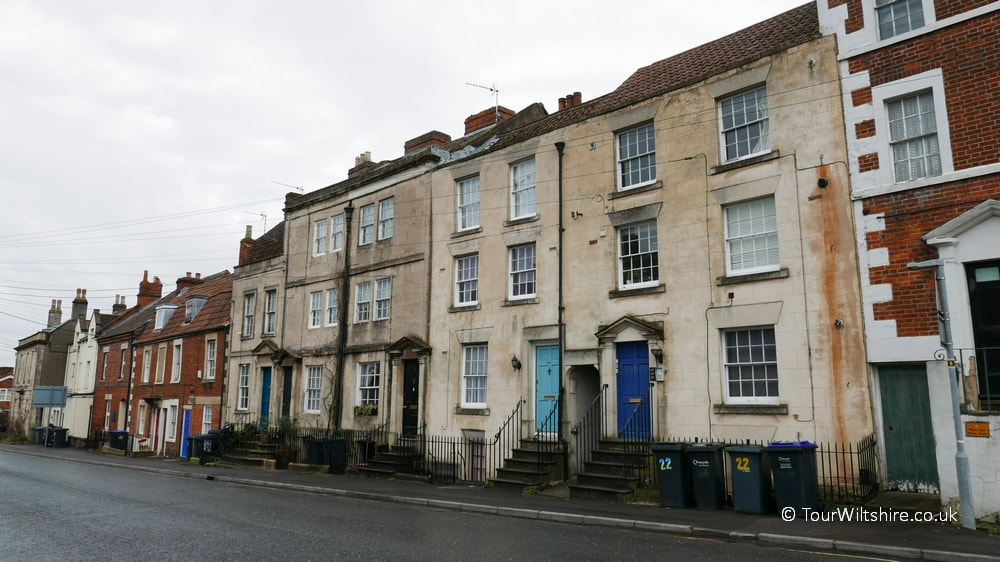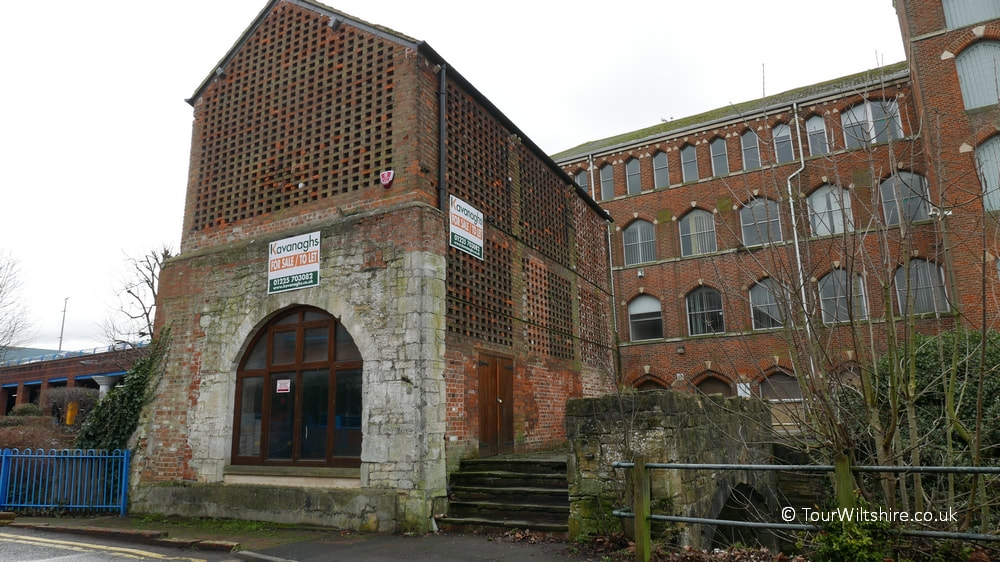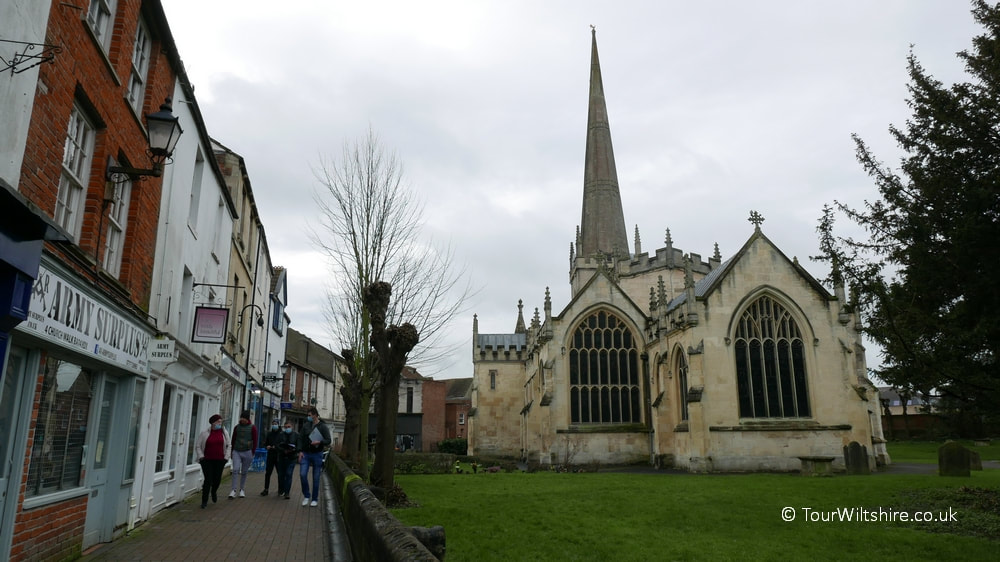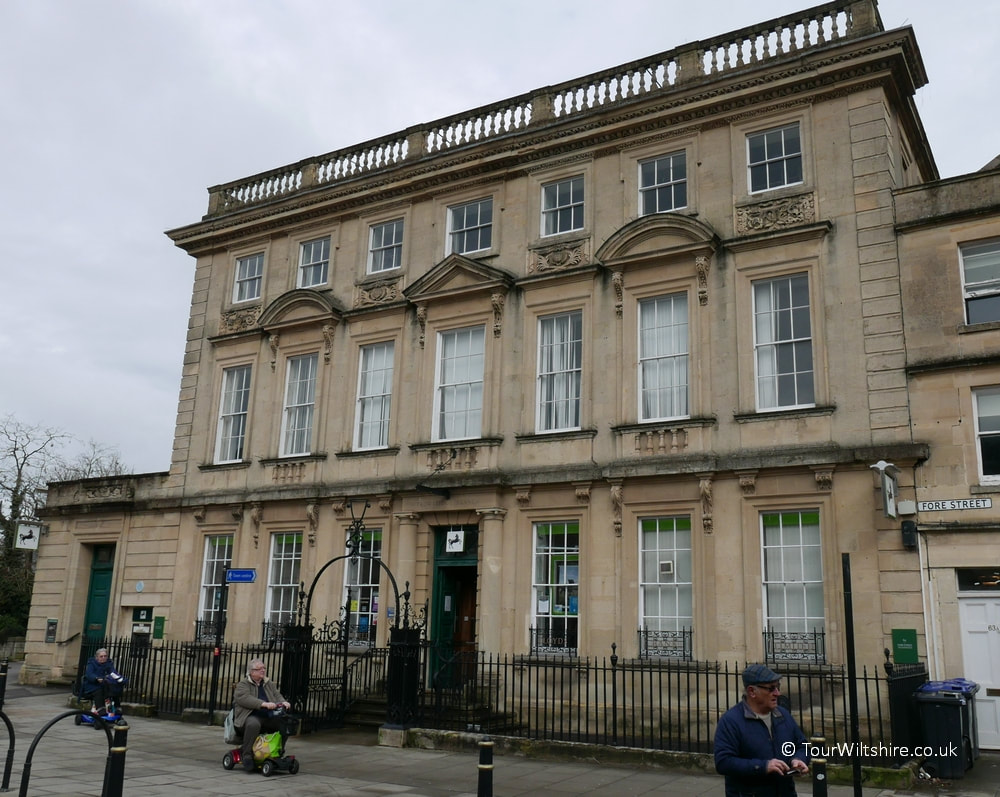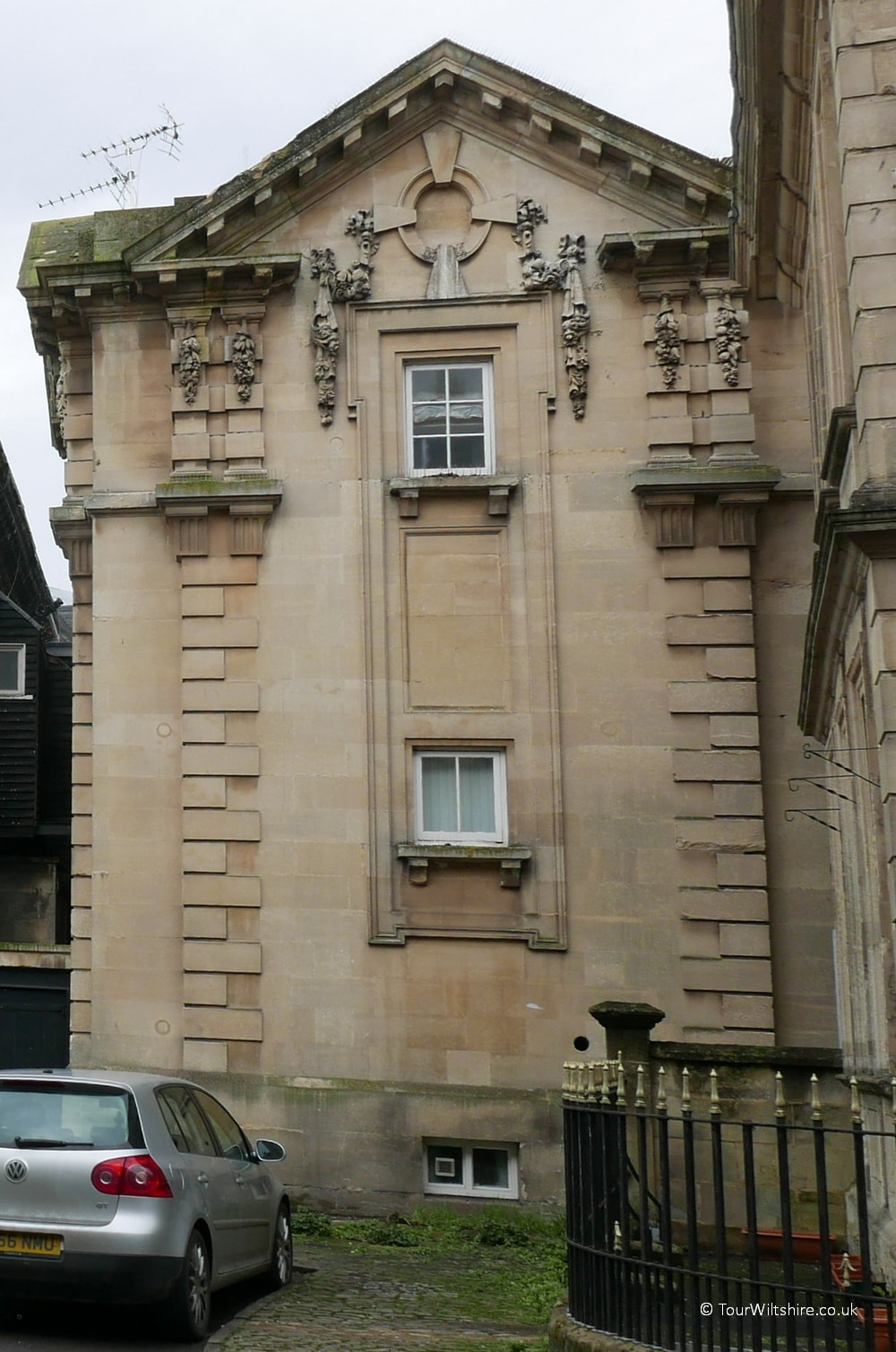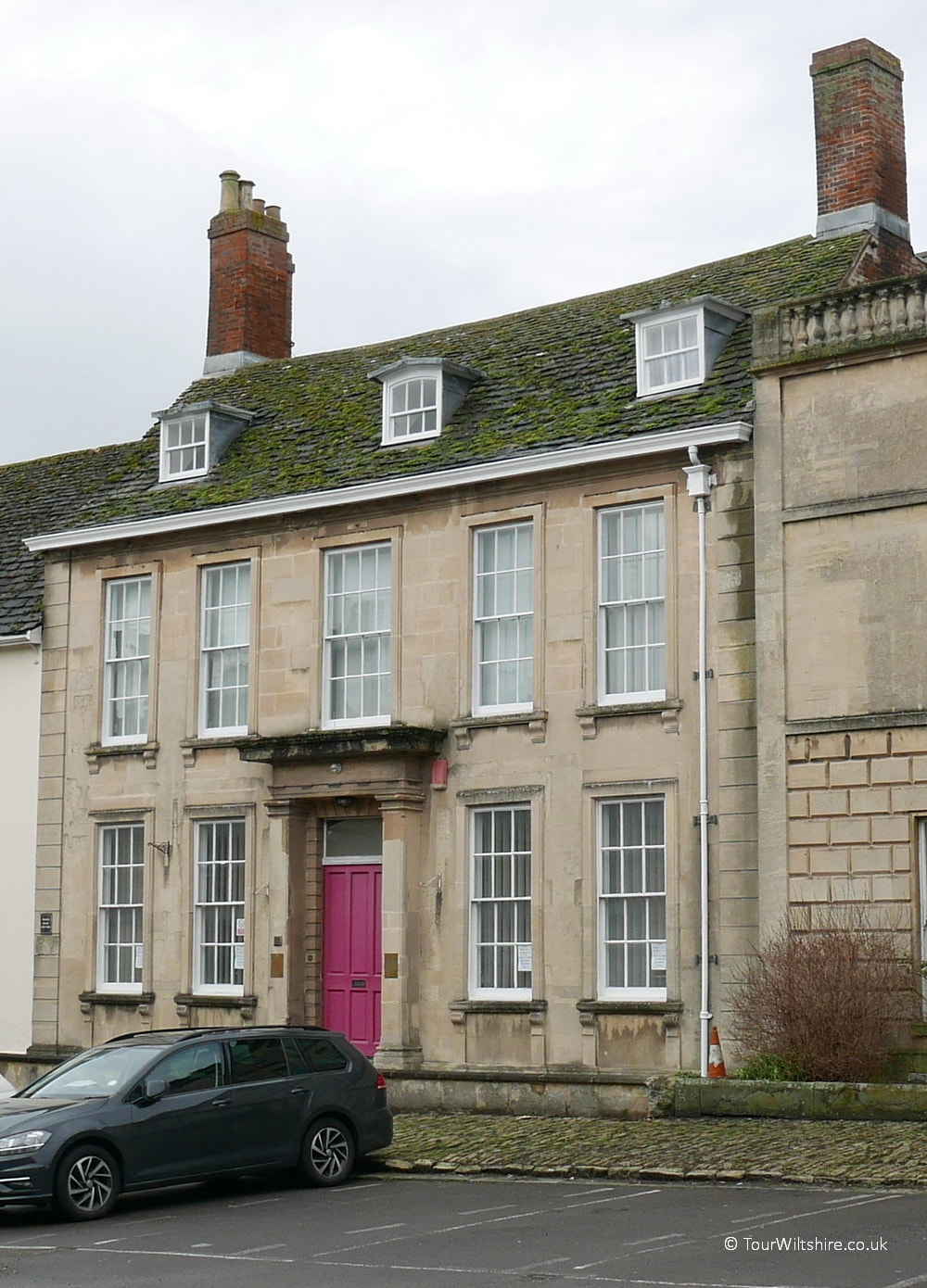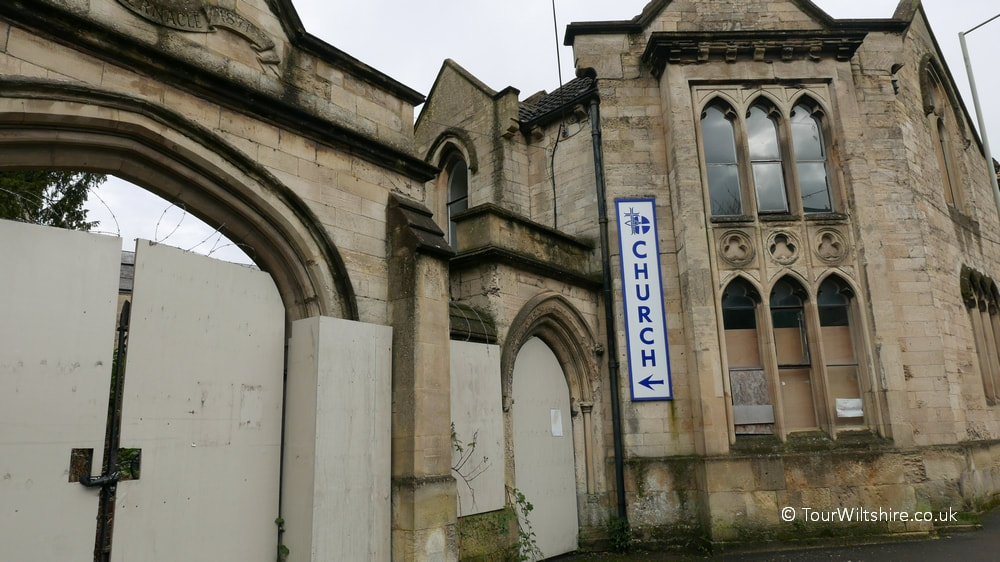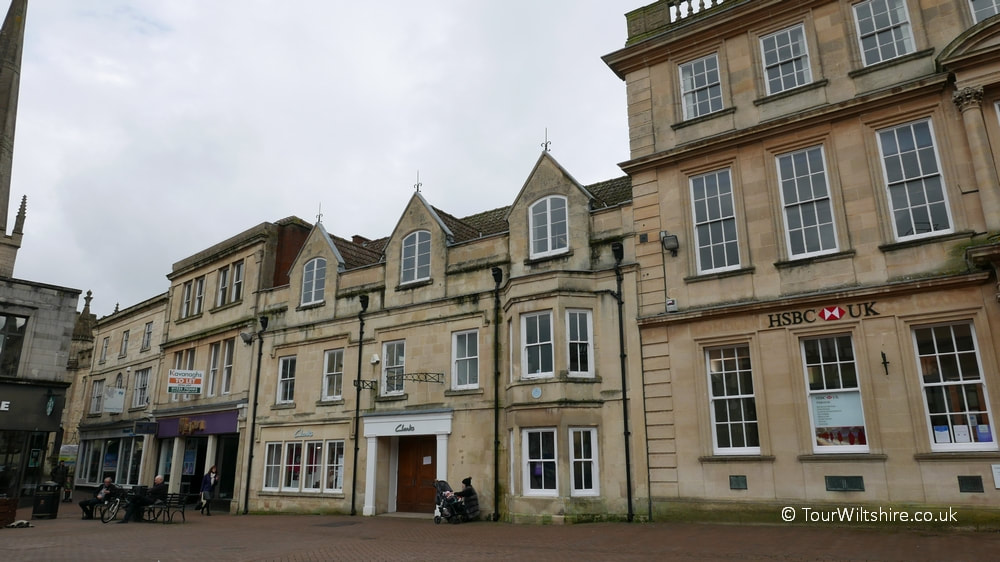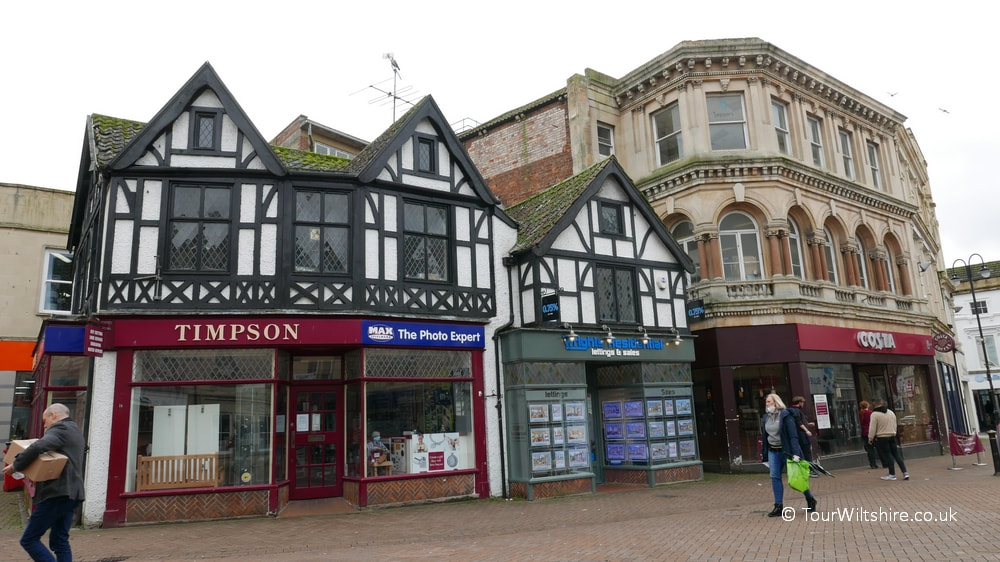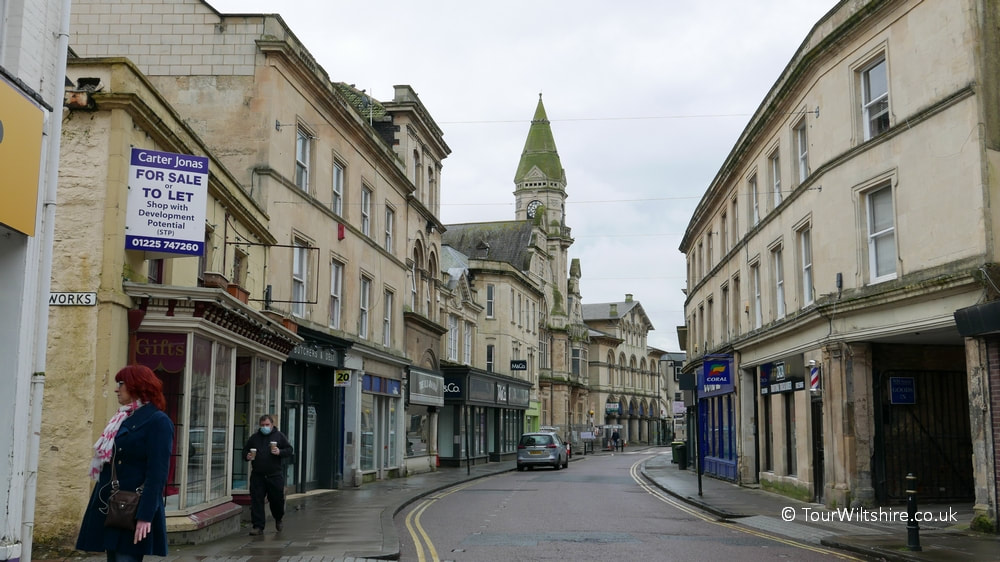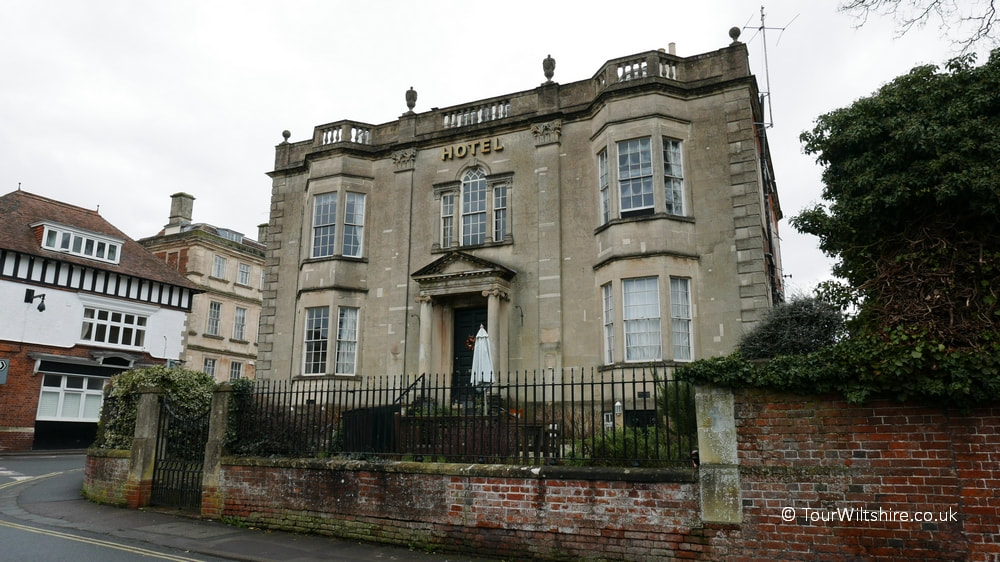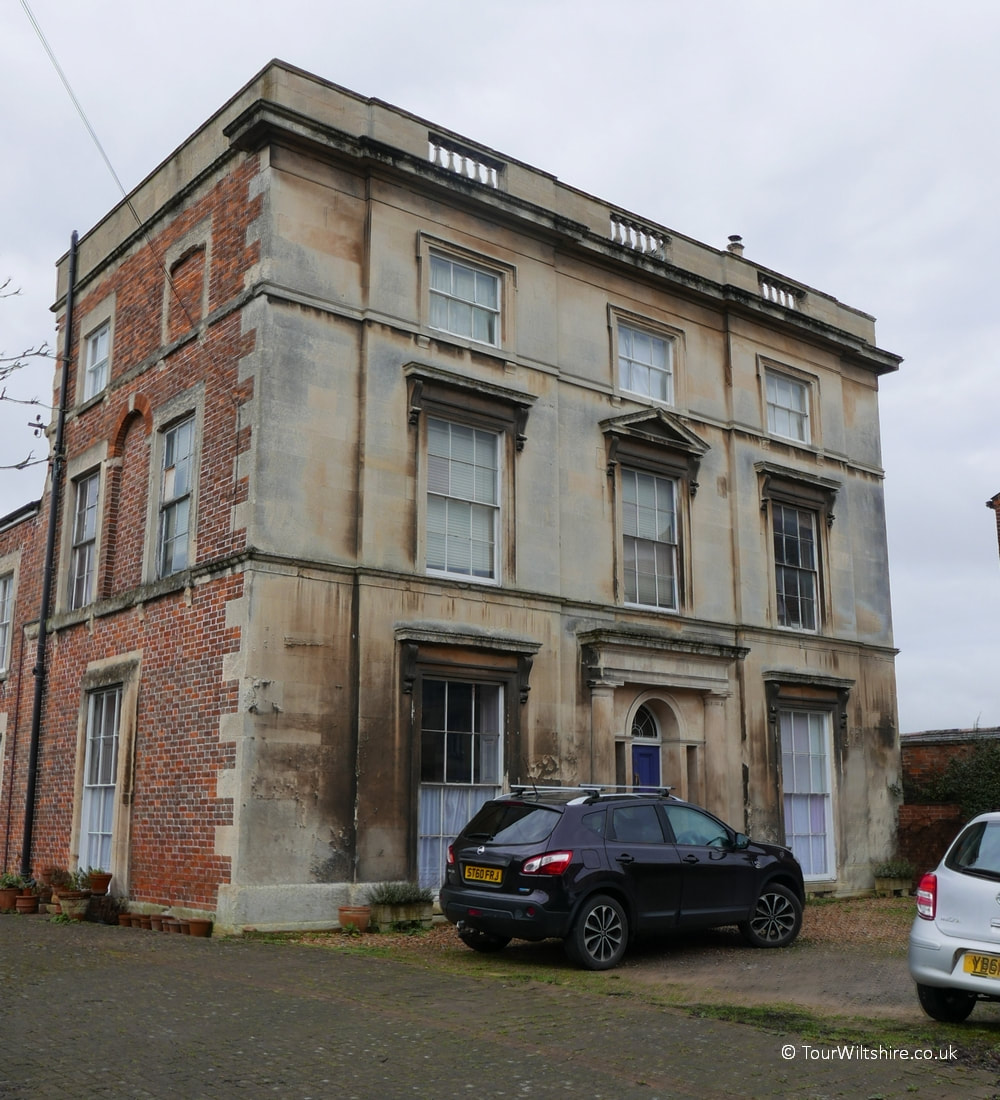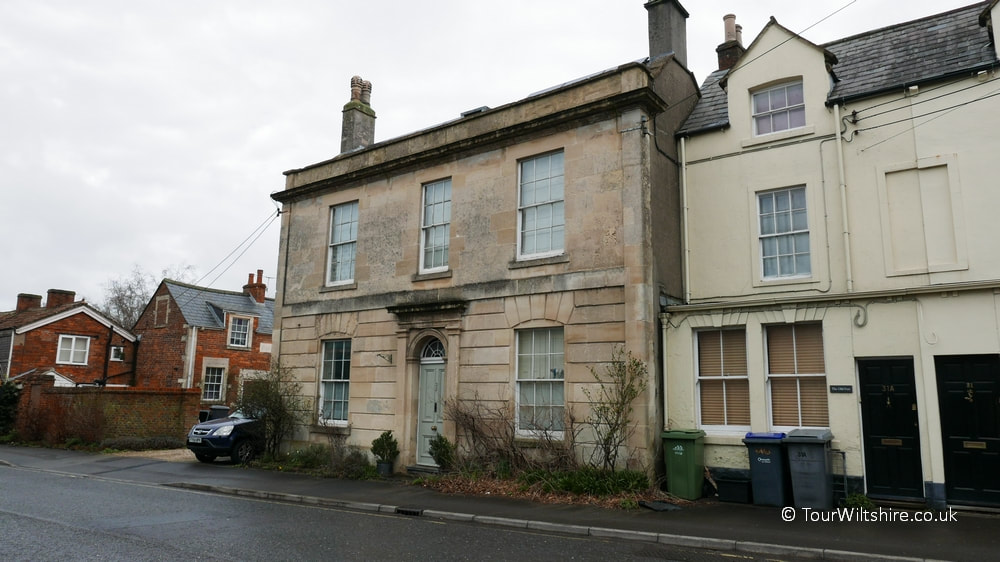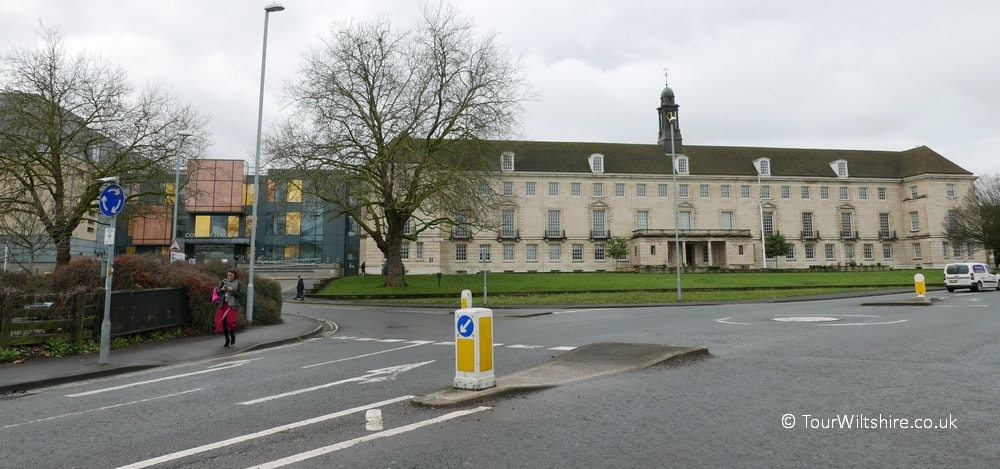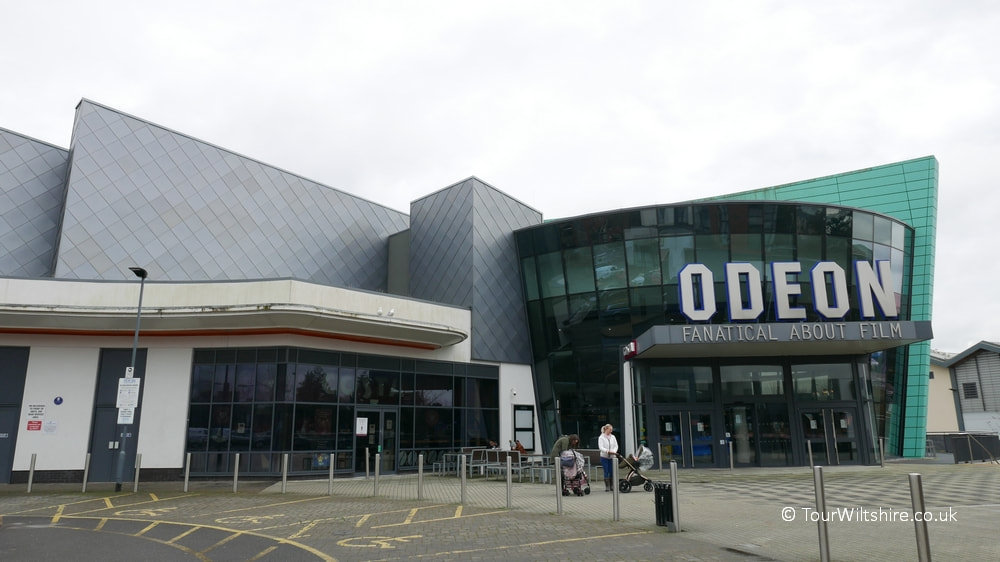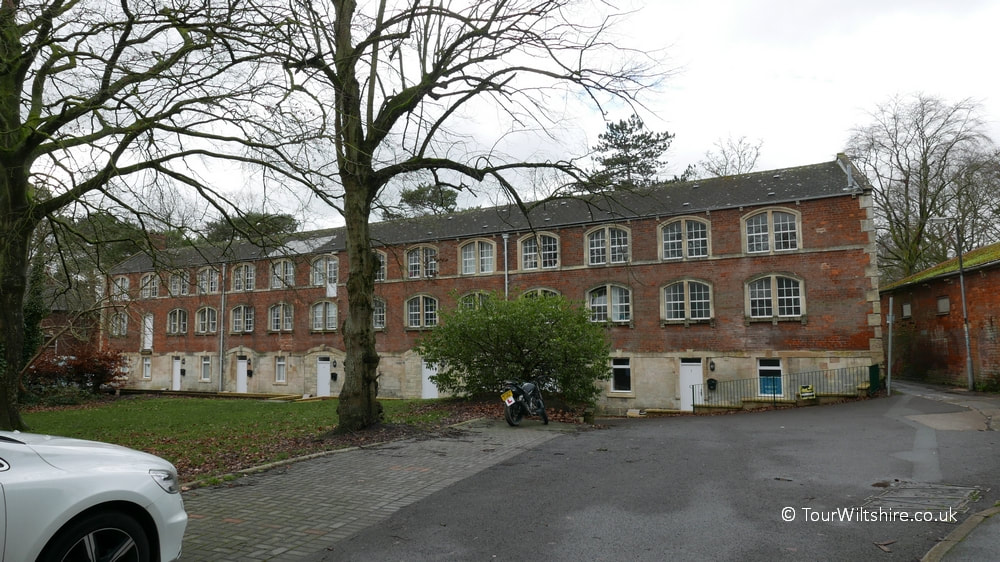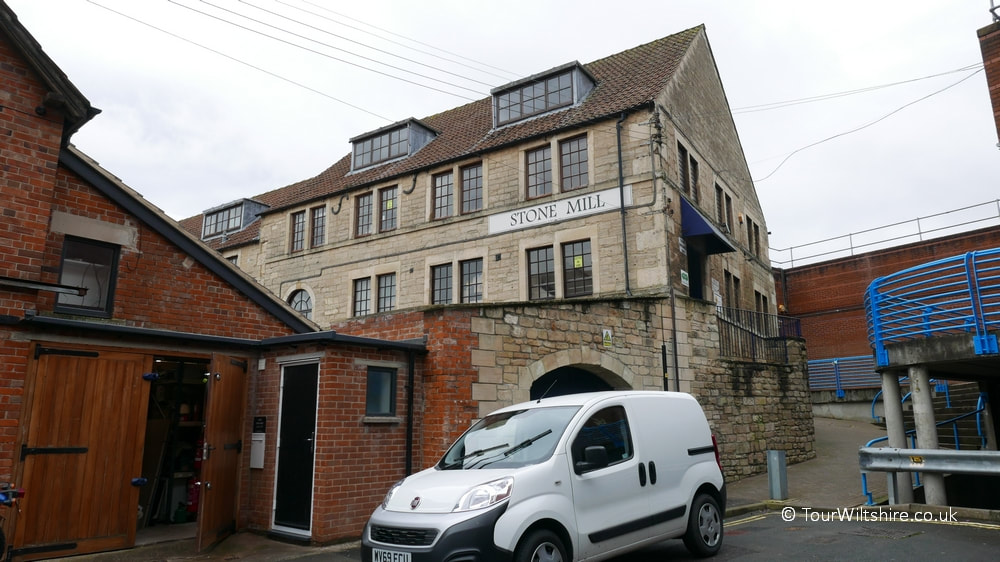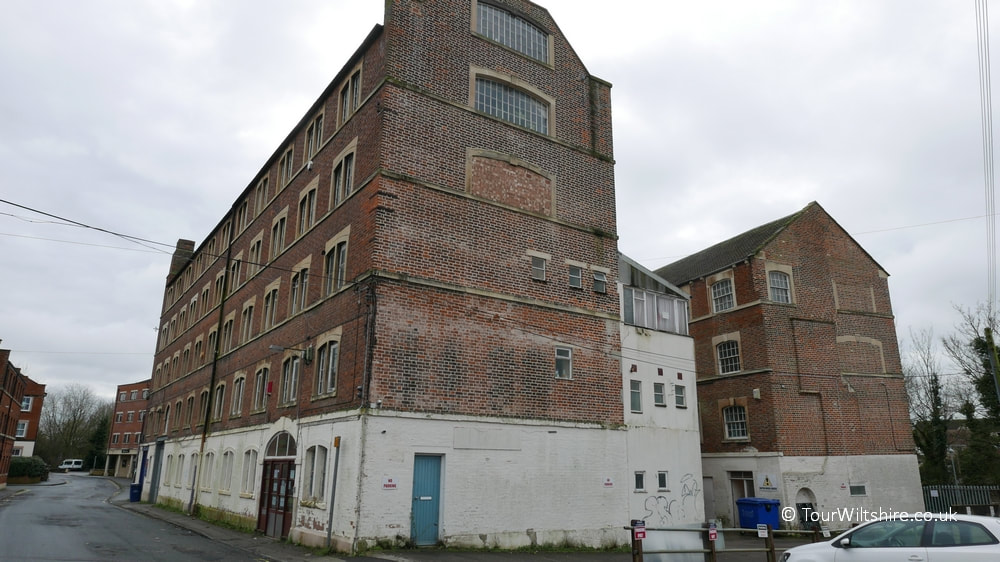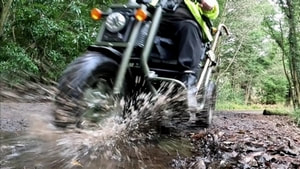⭐⭐⭐
Trowbridge, Wiltshire
Most visitors to Trowbridge will go to the Shires shopping centre or the Odeon cinema complex, and miss the part of Trowbridge which is the most attractive part, predominantly in the North and North/East of the centre, where fine houses survive from the 18th and 19th century, and even earlier. You can also look up in the centre, around Fore Street especially, and you will see attractive architecture, with unsympathetic shop fronts below.
Trowbridge was one of the Baron Towns of the Magna Carta, signed in 2015. Henry de Bohun, 1st Earl of Hereford, from Trowbridge, was one of the 25 barons elected to enforce Magna Carta law on the king. Henry can be found pictured in a stained glass window in St James’s Church in Trowbridge, holding a copy of the Charter. De Bohun was responsible for the construction of the church. Another of Trowbridge's famous figures was Isaac Pitman, who invented the world-famous shorthand system.
Think Wiltshire from the late fourteenth century to the late nineteenth/early twentieth century and you have to think wool, for the wealth of the county, especially reflected in its great number of Georgian houses, came from its mills producing cloth that was favoured the world over. Trowbridge was one of the main mill towns in the West of England and even in the 1960s its fine woollen cloth was sold in more than 70 countries. The last woollen mill, Home Mills, now incorporated into the Shires shopping Centre and part of it the home of Trowbridge Museum, finally ceased weaving in 1982. There are more than 300 Listed buildings in Trowbridge alone.
For the best places to eat around Trowbridge click here.
Maybe walk this route?..
Lovemead Car Park/The Halve/Roundstone Street/Polebarn Road/Roundstone Street/Silver Street/Market Street/Castle Street (incl cinema complex)/back and into Shire shopping arcade/out of Shire/Fore Street/Hill Street/Back Street/Church Street (note first part of Union Street)/continue on Church Street - see inside the church/down the side of the church (Church Walk) and back into Fore Street
Trowbridge was one of the Baron Towns of the Magna Carta, signed in 2015. Henry de Bohun, 1st Earl of Hereford, from Trowbridge, was one of the 25 barons elected to enforce Magna Carta law on the king. Henry can be found pictured in a stained glass window in St James’s Church in Trowbridge, holding a copy of the Charter. De Bohun was responsible for the construction of the church. Another of Trowbridge's famous figures was Isaac Pitman, who invented the world-famous shorthand system.
Think Wiltshire from the late fourteenth century to the late nineteenth/early twentieth century and you have to think wool, for the wealth of the county, especially reflected in its great number of Georgian houses, came from its mills producing cloth that was favoured the world over. Trowbridge was one of the main mill towns in the West of England and even in the 1960s its fine woollen cloth was sold in more than 70 countries. The last woollen mill, Home Mills, now incorporated into the Shires shopping Centre and part of it the home of Trowbridge Museum, finally ceased weaving in 1982. There are more than 300 Listed buildings in Trowbridge alone.
For the best places to eat around Trowbridge click here.
Maybe walk this route?..
Lovemead Car Park/The Halve/Roundstone Street/Polebarn Road/Roundstone Street/Silver Street/Market Street/Castle Street (incl cinema complex)/back and into Shire shopping arcade/out of Shire/Fore Street/Hill Street/Back Street/Church Street (note first part of Union Street)/continue on Church Street - see inside the church/down the side of the church (Church Walk) and back into Fore Street
Trowbridge Mills
|
|

